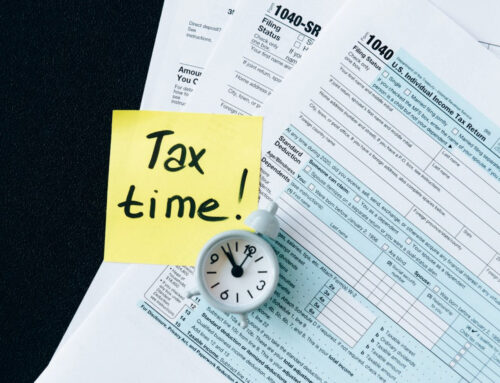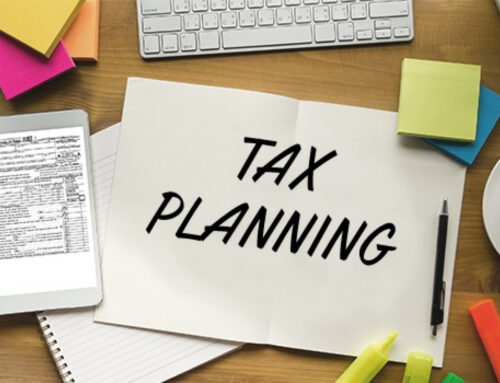For first-time limited company directors, a business year-end might be a difficult task, but you will know precisely what you need to complete for company tax returns and accounts with our detailed checklist.
Year-End Financial Statements Company Tax Returns
The purpose of the year-end accounts is to present a realistic and fair picture of your company’s finances. And it is critical to compare the company’s financial statements and company tax returns to those of other businesses on yearly basis.
From a small one with only £100 in sales to the greatest publicly traded organizations, every firm follows the same accounting rules and principles. Because of this uniformity, stakeholders, such as potential investors, consumers, and shareholders, can compare various organizations.
It allows you, as the director, to assess how well the company has performed this year compared to the previous year, as well as potential areas for improvement. You will also be able to verify your income or assets to other parties, such as banks, at the end of the year.
If you use online services, you will get a lot of this information in real-time throughout the year, but you’ll still have to fill out these year-end forms. However, many of the accounting concepts vital for producing accurate books will only be used by your accountants at the end of the year.
Company Tax Return (CT600)
The government and HMRC are two extremely significant external stakeholders in your finances. And the year-end accounts are submitted to HMRC via a Company Tax Return, often known as a CT600.
This includes the following:
- Accounts for the entire year
- Profits for the company
- Adjustments to the tax system
- Taxable profits
- The amount of corporation tax payable
CT600s may only be used for 365 days, and thus if your accounts are longer (as they generally are during incorporation), they will be split into two CT600s. When filing with HMRC, you link the entire accounts to the CT600. In addition, HMRC will have more information than other external accounts users, who will only obtain the abridged accounts from Companies House unless you supply the full accounts, as is often requested by banks when applying for a business loan.
What Documents Does HMRC Require?
Company Tax Return
Your Company Tax Return (CT600) shows your company’s income, less any tax allowances and costs. The remainder — your profit – determines how much Corporation Tax your business must pay.
Annual Accounts or Statutory Accounts
Annual Accounts are a type of accounts to keep track of a company’s financial position. The following are the components of the Annual Accounts you must submit to HMRC:
- Income statement
The income statement shows the profit (or loss) you made for the accounting period.
- Statement of Financial Position
A snapshot of your company’s financial position as of the conclusion of its accounting period, indicating the total worth of its assets, liabilities, capital, and reserves.
- Footnotes
Information about your company’s and its directors’ transactions (such as loans, advances, and guarantees).
What Documents Does Companies House Require?
Suppose you utilize the financial reporting standard for micro-entities (FRS 105) to create your annual accounts. In that case, you must submit two documents to Companies House: the Statement of Financial Position and the Footnotes. Then, Companies House will publish the papers you provide on its website, where anybody may examine them.
What Are The Consequences Of Filing Late?
The penalty for reporting your CT600 late differs according to how much time you have gone over.
- You have to pay a total of £100 if you miss the deadline by one day.
- You have to pay a total of £200 if you miss the deadline by three months.
- HMRC will estimate your Corporation Tax amount and add a 10 percent penalty if you miss the deadline by six months.
- HMRC will add 10 percent to your tax due if you are 12 months late, for a total charge of 20 percent.







